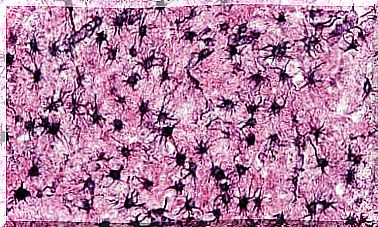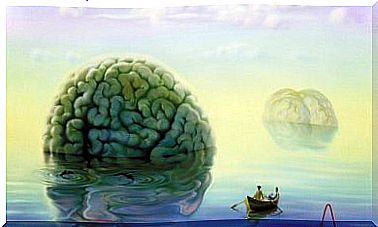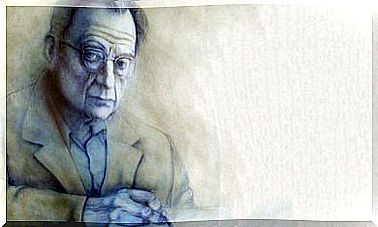Horse-assisted Therapy: Benefits And Uses
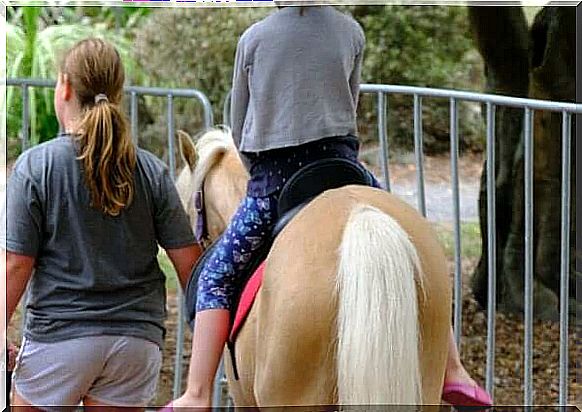
The available treatment options for people with some kind of disorder or disability are on the rise. One approach that can help patients improve their quality of life is horse-assisted therapy.
Horse-assisted therapy is not a new form of therapy, but it has a much greater weight now than before. With such alternative therapies, patients can get to know themselves better and promote their personal growth and quality of life.
At the heart of horse-assisted therapy are horses. Studies show that horse-assisted therapy can be beneficial for people with autism spectrum disorder, CP injury, or some other disorder or disease. Would you be interested in learning more about this topic? Who Invented This Therapy? Who is it for? Are there different forms of therapy in horse-assisted therapy? Read more below!
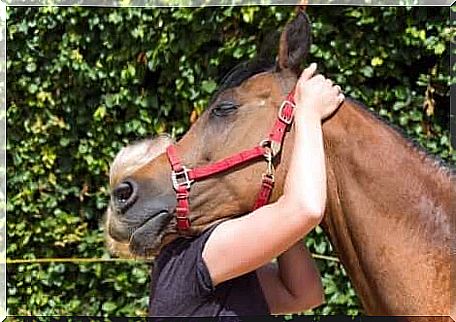
What is horse-assisted therapy?
Horse-assisted therapy, or horse therapy, is a great option for people with some form of neurodevelopmental disability or disorder, such as autism.
The goal is to assist the patient in his or her cognitive, physical, mental, social, and / or professional development through a variety of exercises, games, and activities. In general, it can improve patients ’well-being and quality of life.
During a horse-assisted therapy session, the patient can ride, brush, stroke, and feed the horse. He may also play with the horse or do various activities on the horse’s back. Depending on their physical and psychological characteristics, each patient has their own unique form of treatment that allows them to get the most out of their interaction with the horse.
Origin
The practice of equine therapy comes from the ancient Greeks, who recommended riding to prevent and heal aches and pains in the body and mind.
The official practice of equine therapy began in Mexico in 1969. The original inventor of equine therapy is considered to be Rogelio Hernandez Huerta, the coach of the Mexican Center for Olympic Athletes. That same year, the first center specializing in equine therapy, the North American Disability Riding Association (NARHA), was established. The role of NARHA is to coordinate and give official recognition to centers and individuals providing equine therapy.
Who is horse-assisted therapy for?
Horse-assisted therapy is great for people with any physical or mental disability. It can also help with other types of problems we’ll cover below. Horse-assisted therapy is suitable for both children and adults. Horse therapy is most often recommended by health experts for people with the following conditions:
- Injuries (physical, mental or sensory)
- Neurodevelopmental disorders (eg autism)
- Social adjustment problems
- Other diseases
Horse-assisted therapy may be particularly useful for anyone with autism spectrum disorder, CP injury or Rett syndrome, spinal cord and / or brain injury, MS, fibromyalgia, etc. The therapist will make appropriate changes to activities and treatment goals for each patient.
Benefits of equine therapy
The psychological and physical benefits of horse-assisted therapy have been confirmed in studies. The main psychological and emotional benefits are:
- Improves self-esteem.
- Better emotion regulation.
- Improves self-confidence.
- Improves memory and concentration.
- Promotes respect for nature and animals.
Some of the physical benefits of horse therapy include better muscle development, balance, strength, muscle tension, motor skills, coordination, endurance, etc.
Horse-assisted therapy and autism
As we have mentioned on several occasions, horse-assisted therapy is great for children with autism. In a study led by Perez et al. (2008), it was found that equine-assisted therapy provides four types of stimulation to small patients: balance, postural, tactile, and motor.
A study commissioned by De la Prieta (2017), on the other hand, found that heat and vibration from a horse as well as three-dimensional movements can stimulate nerve structures, which is good for their development.
A study led by Delgado and Sanchez (2005), published in Mediciego, found that autistic children can form an emotional connection with horses. Riding horses also gives them a sense of security that has a positive effect on their self-esteem.

Forms of horse therapy
Horse-assisted therapy includes various forms of therapy. Here are some of the best known:
- Therapeutic riding. This includes exercises on the horse’s back that improve balance and coordination.
- Hippotherapy. In this type of horse-assisted therapy, the patient performs physiotherapy exercises with the horse and on the back. The aim is to utilize the heat from the horse and its rhythmic and three-dimensional movements to help the patient.
- Horse-assisted learning. This is a very popular form of therapy where the patient is accustomed to the horse and everything related to horse care. Among other things, it can increase motivation, stimulate emotional expression and improve concentration.
- Custom riding. For people with a variety of functional ailments who are already engaged in horseback riding. The goal is to adapt the species to the needs of the patient.
Thus, in a nutshell, equine therapy is a therapeutic tool with undeniable benefits. It is a great alternative therapy for children with autism or other diseases or disorders.
It is also great for adults, as its many different forms of therapy are suitable for all kinds of problems. The person assisting the patient during therapy should always be a qualified and authorized professional, usually a specialized physiotherapist.
